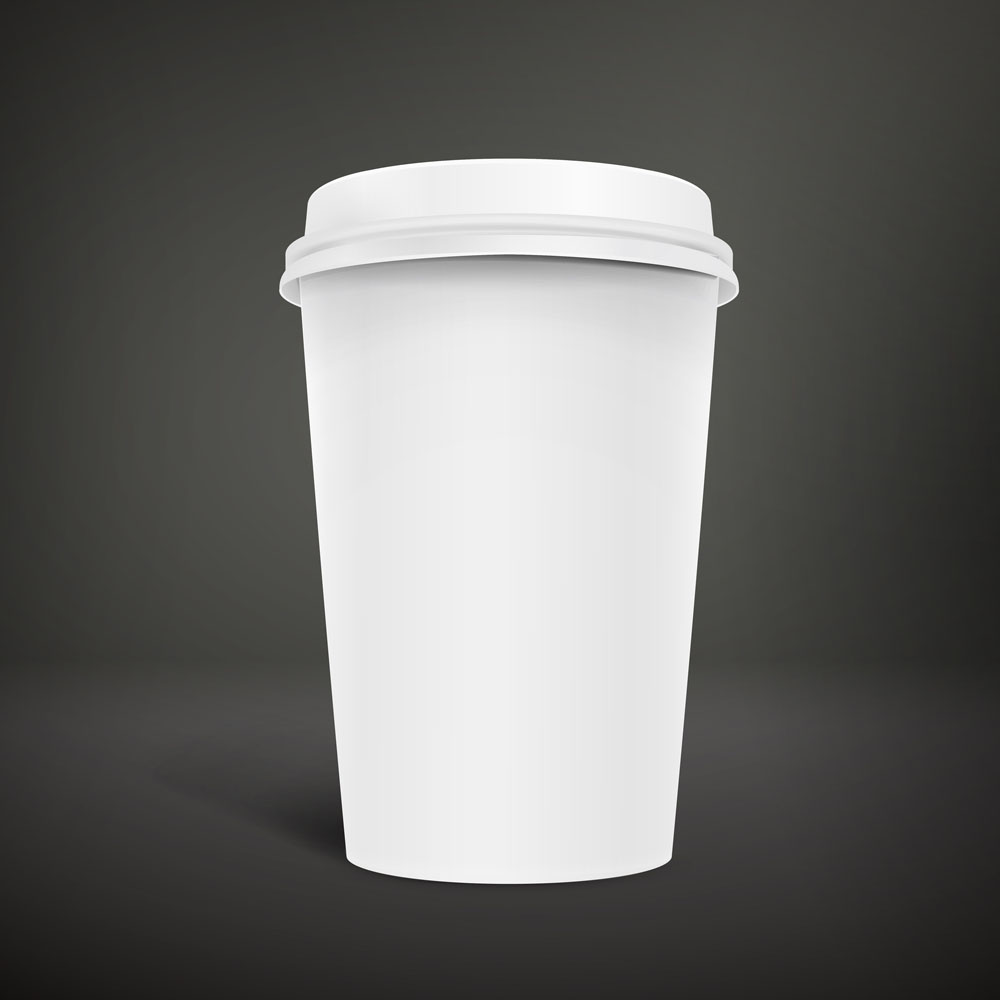In the market, there are many kinds of disposable paper cups, so how do we choose qualified paper cups?

1.Look
When selecting disposable paper cups, don't just look at the color of the paper cups. Don't think that the whiter the color, the more hygienic. Some paper cup manufacturers add a lot of fluorescent whitening agents in order to make the cup look whiter. Once these harmful substances enter the human body, they become potential carcinogenic factors. Experts suggest that the public should take a photo under the lamp when selecting the paper cup. If the paper cup is blue under the fluorescent light, it proves that the fluorescent agent exceeds the standard and consumers should use it with caution.
2. pinch
The cup is soft and not strong, and it is leaking carefully. In addition, it is necessary to use a cup with a thick cup and a stiff cup. The cup that is not quite stiff is very soft. After pouring into water or beverage, it will be severely deformed when it is put up, and it will not end up, which will affect the use. Experts pointed out that generally good paper cups can hold water for 72 hours without leakage, and poor quality will leak water for half an hour.
3. smell
The color of the cup wall is fancy, beware of ink poisoning. Quality supervisors point out that paper cups are stacked one on top of the other. If they are wet or contaminated, molds must form, so the paper cups that are damp should not be used. In addition, some paper cups will print colorful patterns and words. When the paper cups are stacked together, the ink outside the paper cup will inevitably affect the inner layer of the paper cup wrapped outside, and the ink contains benzene and toluene, which is harmful to health. The outer layer has no ink printed or printed paper cups.
4. Use
Differentiate between cold cups and hot cups. They all have their own roles. Experts point out that the disposable paper cups we usually use can be divided into two types: cold drink cups and hot drink cups. They all have their own functions. Once they are “misplaced”, they may threaten. Consumer health.



